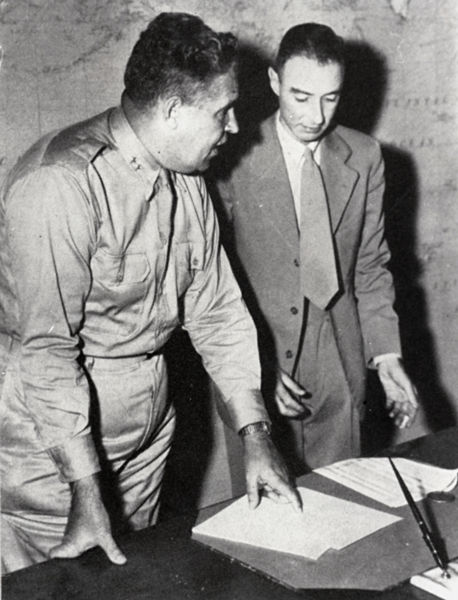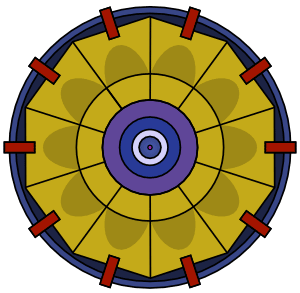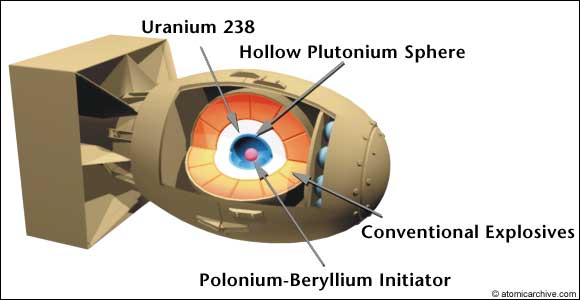Following the discovery of abilities of uranium in the late 19th century, scientists (particularly in Europe) began to ponder on its potential and had together realized the splitting of the atom and nuclear fission in the 1930s. It was concluded that the potential energy within these physical methods far outstripped the most power that could be achieved through chemistry.
As some of the key players here were German, men such as Albert Einstein grew worried about Adolph Hitler’s intentions and encouraged the pursuit of an atomic bomb within the United Kingdom and the U.S.A. After keeping quiet about things for a few years, Franklin Roosevelt decided that the threat of the increasingly ambitious Nazi Party in Germany acquiring a bomb with atomic capabilities was great enough to be worth counteracting.
The project was officially underway by 1941 and headed by U.S. Army General Leslie Groves and physicist J. Robert Oppenheimer. It required the classified coordination of researchers all over North America, and was an effort involving thousands of staff working in secret towards one common goal. Never before had such a scientific workforce been assembled, and never before had a project as large as this been kept so quiet.
By 1942 the scientists had already drawn up a list of fission bombs for testing. The reactions of different isotopes of uranium were the key experimental factors, although plutonium had just been discovered and testing had begun with that as well. Two methods of assembly were tested, the ‘gun’ method, and the ‘implosion.’
These initial tests met with some success, and a gun-type uranium bomb was dropped on Hiroshima on August 6th, 1945. Contemporaneously, the plutonium and implosion based bomb proved to be more effective, and it received its test run on August 9th, 1945 at Nagasaki.
 –Gen. Groves (left), and Prof. Oppenheimer (right).
–Gen. Groves (left), and Prof. Oppenheimer (right).
 –The Implosion method.
–The Implosion method.

–The plutonium bomb.
Images sources: http://www.cfo.doe.gov/me70/manhattan/images/GrovesOppenheimerLarge.jpg, http://upload.wikimedia.org/wikipedia/commons/e/e0/Implosion_bomb_animated.gif, http://www.atomicarchive.com/Fission/Images/fatman.jpg
Back to A History of Explosives: Chronology.
Back to the bomb main.
